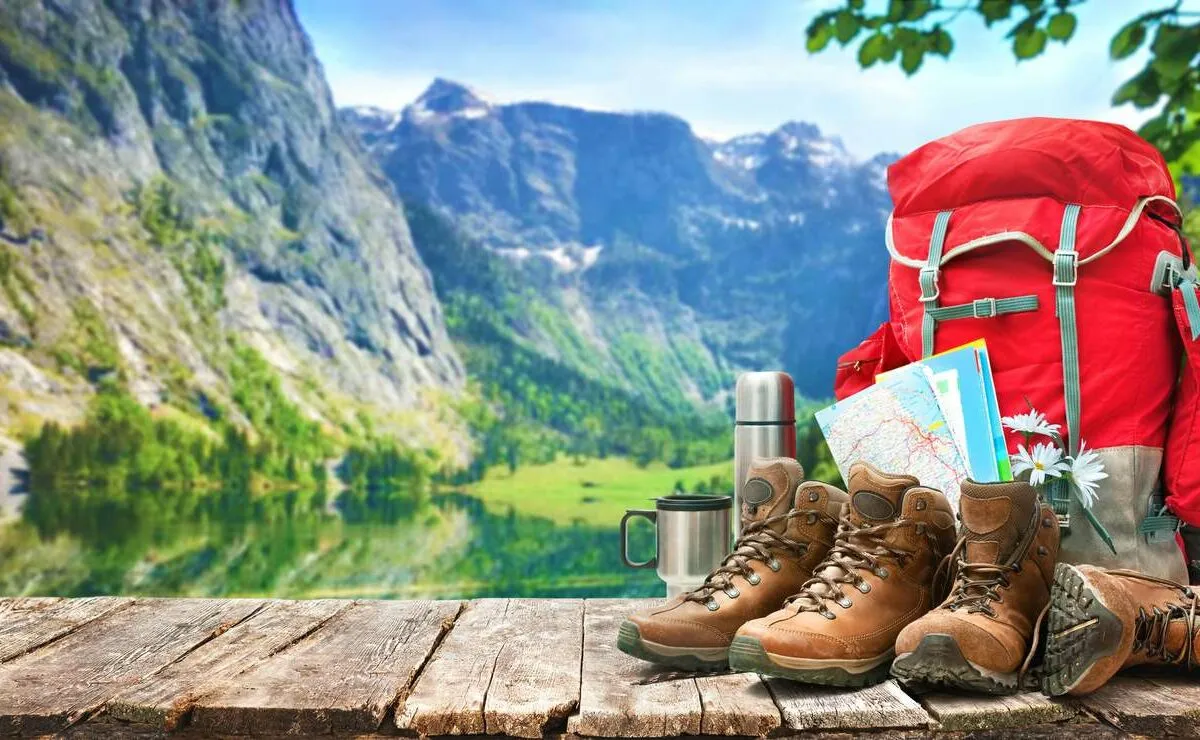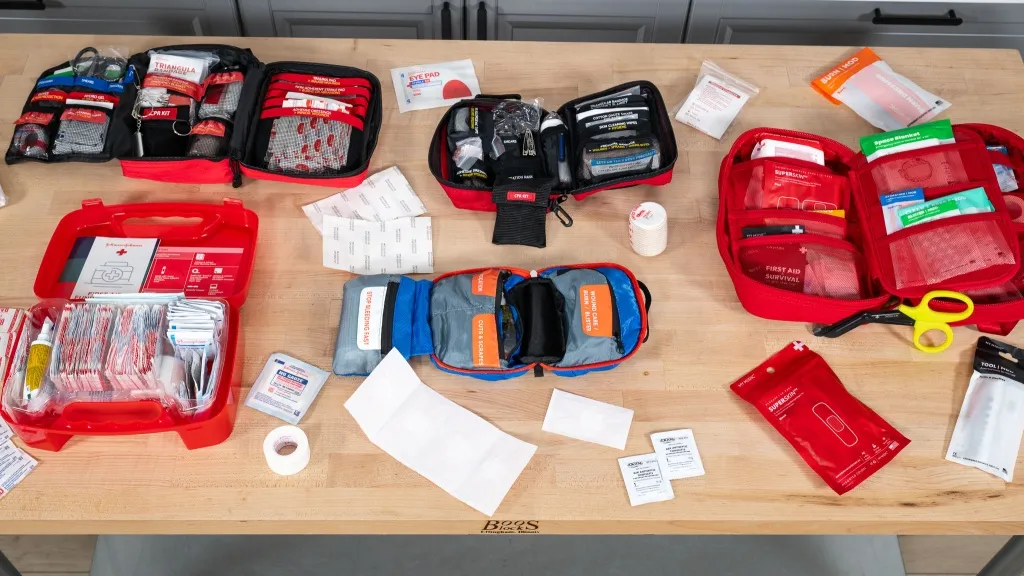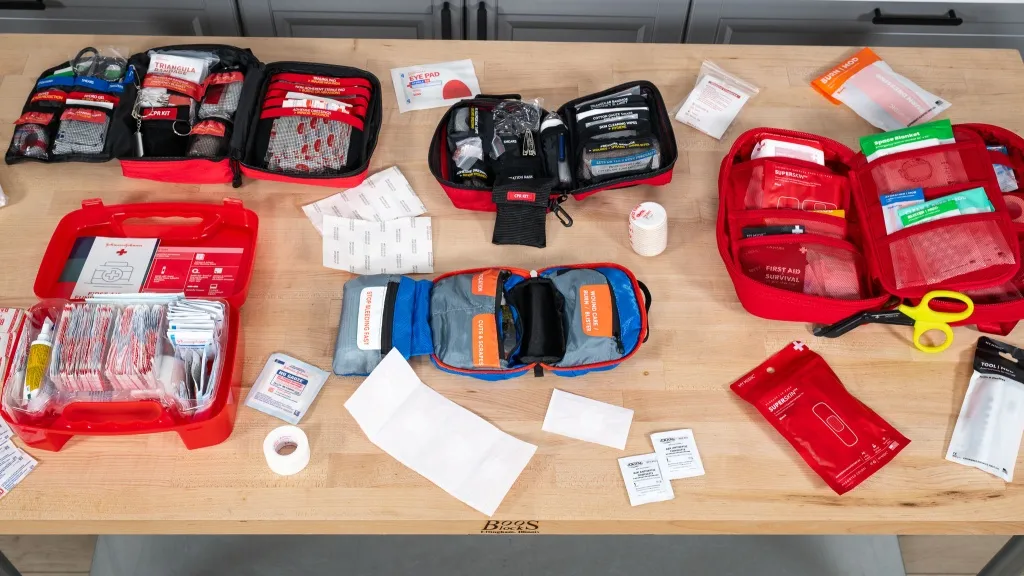Whether you're planning your first day hike or preparing for a multi-day wilderness adventure, having the right essential hiking gear can make the difference between a memorable experience and a dangerous situation. As someone who has spent countless hours on trails from the Rocky Mountains to the Appalachian Trail, I've learned firsthand which gear truly matters. This comprehensive guide will walk you through everything you need to know about essential hiking gear, helping you make informed decisions that prioritize safety, comfort, and enjoyment on the trail. Visit Nature Guests for more outdoor adventure guides.
.webp)
The Ten Essentials Framework: Foundation of All Essential Hiking Gear
The concept of the Ten Essentials was developed by The Mountaineers in the 1930s and has evolved into the modern systems approach we use today. Understanding this framework is crucial for selecting your essential hiking gear because it provides a systematic way to think about safety and preparedness on the trail.
During my early hiking days in the White Mountains, I learned this lesson the hard way when an unexpected weather change caught me unprepared. What started as a beautiful sunny morning turned into a cold, wet afternoon that could have been dangerous without the right gear. This experience taught me that essential hiking gear isn't just about comfort—it's about survival.
Navigation
Maps, compass, GPS devices, and altimeter watches form the foundation of safe backcountry travel.
Illumination
Headlamps and flashlights with extra batteries ensure you can navigate safely in low-light conditions.
Sun Protection
Sunglasses, sunscreen, and protective clothing shield you from harmful UV radiation.
First Aid
Comprehensive first aid kits tailored to your group size and trip duration.
Tools & Repair
Multi-tools, knives, and repair supplies for gear maintenance and emergency situations.
Fire
Waterproof matches, lighters, and fire starters for warmth and emergency signaling.
When planning your day hike packing list, remember that the Ten Essentials work as systems, not individual items. Each system supports the others to create a comprehensive safety net for your outdoor adventures.
Backpacks and Carrying Systems: The Foundation of Your Essential Hiking Gear

Your backpack is arguably the most important piece of essential hiking gear because it carries everything else. After testing dozens of packs over the years, from lightweight daypacks to heavy-duty expedition packs, I've learned that the right pack can transform your hiking experience.
The key is matching your pack to your specific needs. For day hikes, I recommend a 20-35 liter capacity that includes essential features like a hydration sleeve, multiple pockets for organization, and a comfortable suspension system. For longer adventures, check out our comprehensive multi-day hike packing list for guidance on larger pack requirements.
Osprey Atmos AG 65 - The Ultimate Hiking Pack
After carrying this pack through countless miles in diverse conditions, I can confidently say it represents the perfect balance of comfort, durability, and functionality for serious hikers.
Essential Pack Features to Consider
Remember that your pack is part of a larger system of essential hiking gear. It needs to work seamlessly with your other equipment, from your sleeping system to your layering strategy. For beginners looking to build their first kit, our hiking gear for beginners guide provides step-by-step recommendations for building a complete system.
Footwear and Clothing: Critical Components of Essential Hiking Gear
Proper footwear and clothing form the protective barrier between you and the elements. After suffering through blisters, hypothermia scares, and overheating episodes in my early hiking days, I've learned that investing in quality essential hiking gear for your feet and body is non-negotiable.
Hiking Footwear
Your choice of footwear depends on terrain, weather, and personal preference. I've found that most hikers do well with lightweight hiking shoes for day hikes and mid-cut boots for rougher terrain or multi-day trips.
Merrell Moab 3 Waterproof
These have been my go-to trail shoes for three seasons. The Vibram sole provides excellent grip, and the Gore-Tex membrane keeps feet dry in wet conditions.
Layering System
The three-layer system is fundamental to essential hiking gear: base layer for moisture management, insulating layer for warmth, and shell layer for weather protection.
Insulation: Fleece or down depending on conditions
Shell: Waterproof/breathable rain jacket and pants
Pro Tip from the Trail
Never wear cotton on the trail! Cotton retains moisture and loses insulating properties when wet. I learned this lesson during a cold, wet hike in the Adirondacks where cotton clothing nearly led to hypothermia. Stick to wool or synthetic materials for all your essential hiking gear clothing needs.
Water and Food Systems: Fuel for Your Adventures
Proper hydration and nutrition are critical components of essential hiking gear that directly impact your safety and enjoyment on the trail. After experiencing dehydration-induced fatigue and poor decision-making on a summer hike in the desert Southwest, I never underestimate the importance of water and food planning.
Hydration Systems
I typically carry 2-3 liters of water for day hikes, adjusting based on weather, exertion level, and water source availability. Hydration bladders allow hands-free drinking, while bottles are easier to monitor consumption.
Water Treatment Options:
- Lightweight filters for day hikes
- UV purifiers for quick treatment
- Chemical tablets for backup
- Gravity systems for group camping
Trail Nutrition
Your food is essential hiking gear that provides energy and maintains morale. I focus on nutrient-dense, easy-to-digest options that provide sustained energy.
Recommended Trail Foods:
- Energy bars and gels
- Trail mix and nuts
- Dried fruits and jerky
- Electrolyte supplements
Top Water Filter Recommendation
Sawyer Squeeze Filter System
This lightweight, reliable filter has served me well on countless trips. It's easy to use, removes bacteria and protozoa, and has excellent flow rate.
Water and food planning becomes more complex for multi-day trips. Always carry extra food and water beyond your planned needs—this extra margin has saved my trips multiple times when conditions changed unexpectedly. For detailed planning, visit our comprehensive guide to essential hiking gear for extended adventures.
Emergency and First Aid Gear: When Things Go Wrong

Emergency preparedness is perhaps the most critical aspect of essential hiking gear because it can literally save lives. I've used my first aid kit more times than I care to count—from treating blisters and cuts to stabilizing a hiking partner's sprained ankle until rescue arrived.
Real-Life Emergency Story
Last summer on a solo hike in the Sierra Nevada, I encountered a day hiker who had suffered a severe allergic reaction to a bee sting. My comprehensive first aid kit, including epinephrine and antihistamines, helped stabilize him until emergency services arrived. This experience reinforced why essential hiking gear must always include proper medical supplies.
Comprehensive First Aid Kit Components
Adventure Medical Kits Mountain Series Hiker
This comprehensive kit has everything you need for common hiking injuries and emergencies. Lightweight, organized, and field-tested by professionals.
Essential First Aid KitAdditional Emergency Equipment
Fire & Warmth
Waterproof matches, fire starter, emergency candles, and space blankets for hypothermia prevention.
Emergency Shelter
Bivy sacks, emergency tents, or heavy-duty garbage bags for unexpected weather or injuries.
Signaling Devices
Whistle, mirror, bright fabric, and personal locator beacons for rescue situations.
Remember that having essential hiking gear for emergencies is only part of the equation—you must know how to use it. Consider taking a wilderness first aid course and practicing with your equipment before you need it in an emergency.
Conclusion
Selecting the right essential hiking gear is a deeply personal journey that evolves with your experience, preferences, and the challenges you choose to tackle. Throughout my years on the trail, from day hikes in local parks to multi-week expeditions in remote wilderness areas, I've learned that the best gear is the gear you trust, understand, and maintain properly.
The foundation of any good hiking kit starts with the Ten Essentials, but your specific needs will vary based on your hiking style, local conditions, and personal comfort level. What matters most is that you invest in quality essential hiking gear from reputable manufacturers, learn how to use every piece of equipment you carry, and regularly maintain and update your kit based on real-world experience.
Key Takeaways for Your Hiking Journey
- Start with the Ten Essentials framework and adapt to your specific needs
- Invest in quality gear that will last multiple seasons and diverse conditions
- Practice with your equipment before relying on it in challenging situations
- Build your kit gradually, learning from each hiking experience
- Prioritize safety and preparedness over weight savings or convenience
Remember that having the right essential hiking gear is just the beginning. Regular practice, maintenance, and continuous learning from fellow hikers and outdoor professionals will help you make the most of every adventure. Whether you're planning your first day hike or your next multi-day expedition, proper preparation and quality equipment will enhance both your safety and enjoyment on the trail.
The mountains, forests, and trails are waiting for you. With the right gear, knowledge, and respect for the wilderness, you're ready to create memories that will last a lifetime. Stay safe, leave no trace, and enjoy every step of your hiking journey.
Ready to Gear Up for Your Next Adventure?
Visit our comprehensive gear guides and start building your perfect hiking kit today!
Explore More Guides

